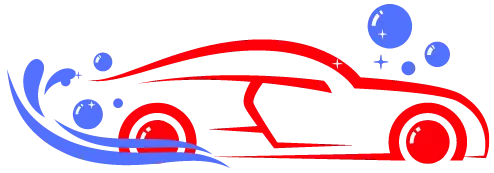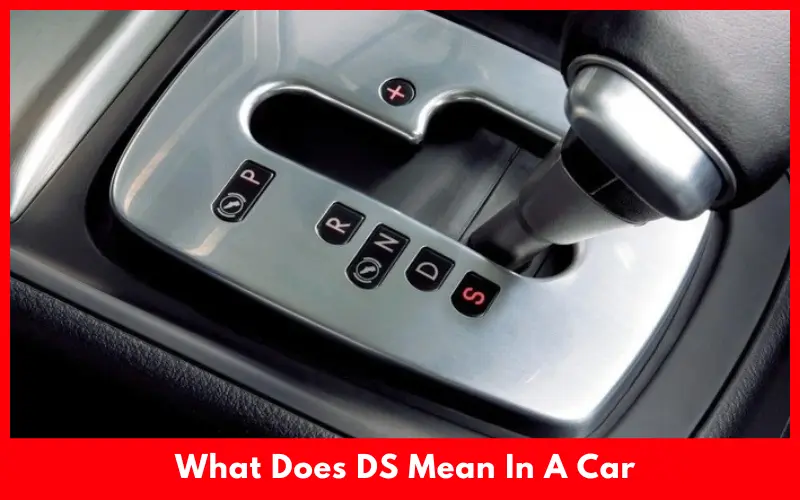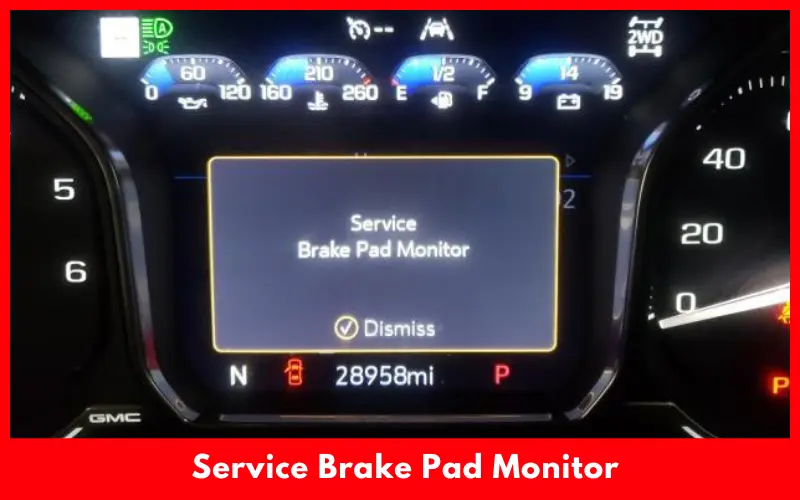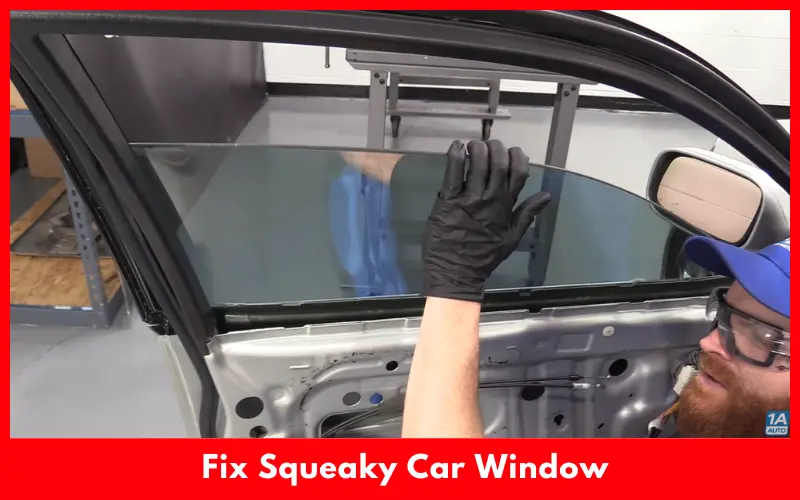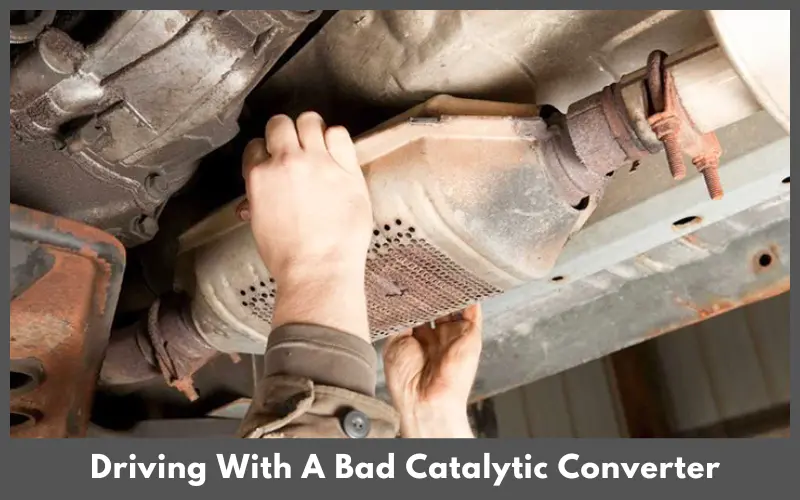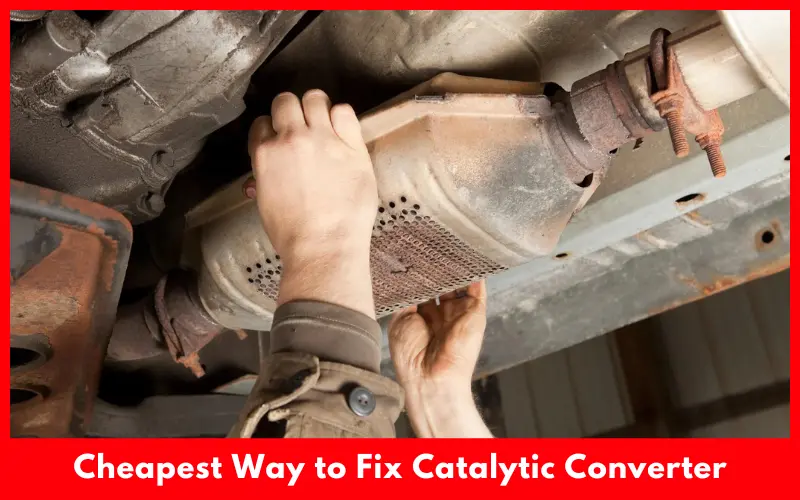What Does DS Mean in A Car?
Drive sport mode in short DS is one of the most common symbols in sports cars. Car owners need to understand the unique meaning of various symbols that come with modern cars to gain skill. It’s essential to know what does DS mean in a car to get the best out of your car. DS means Drive Sport mode in a … Continue Reading
